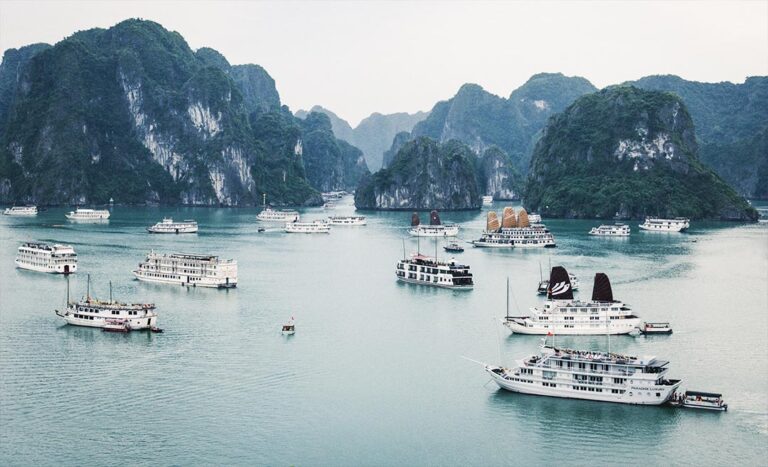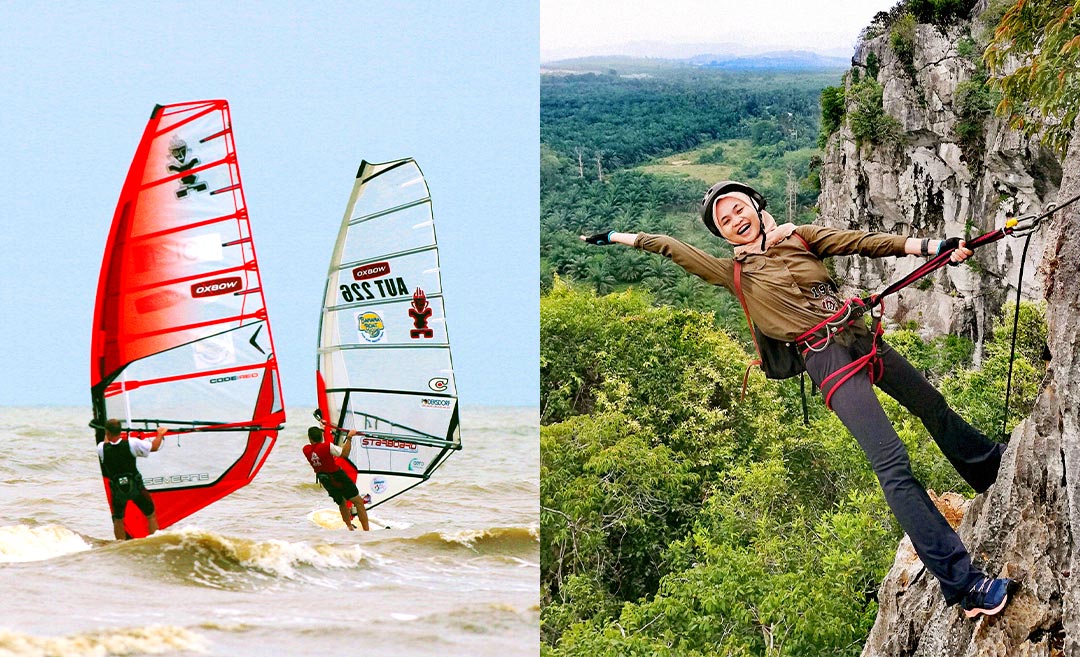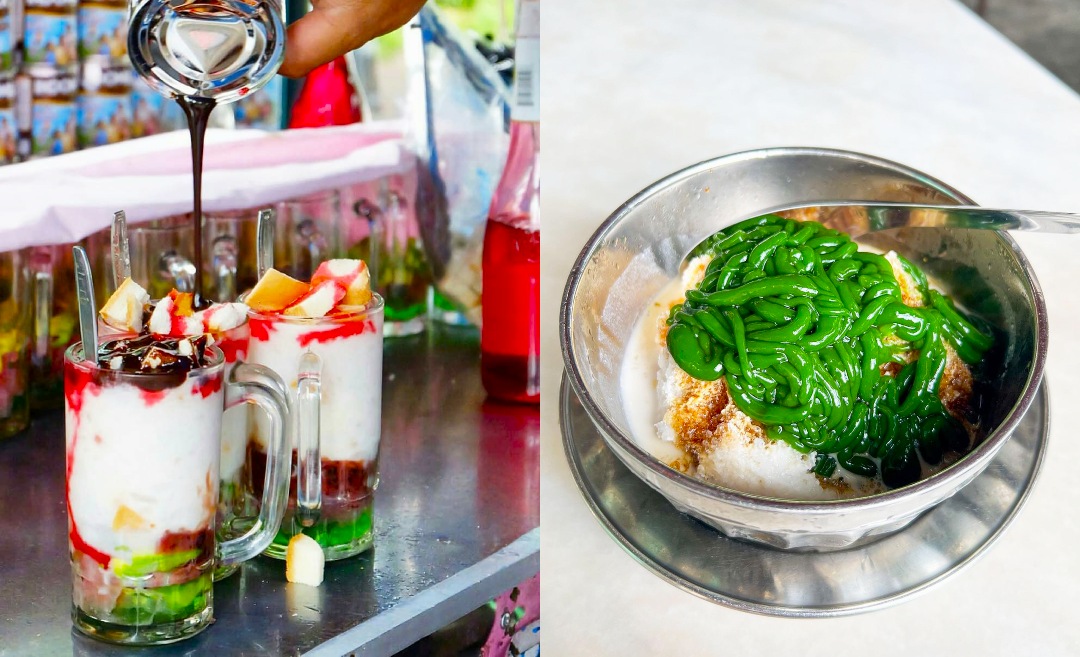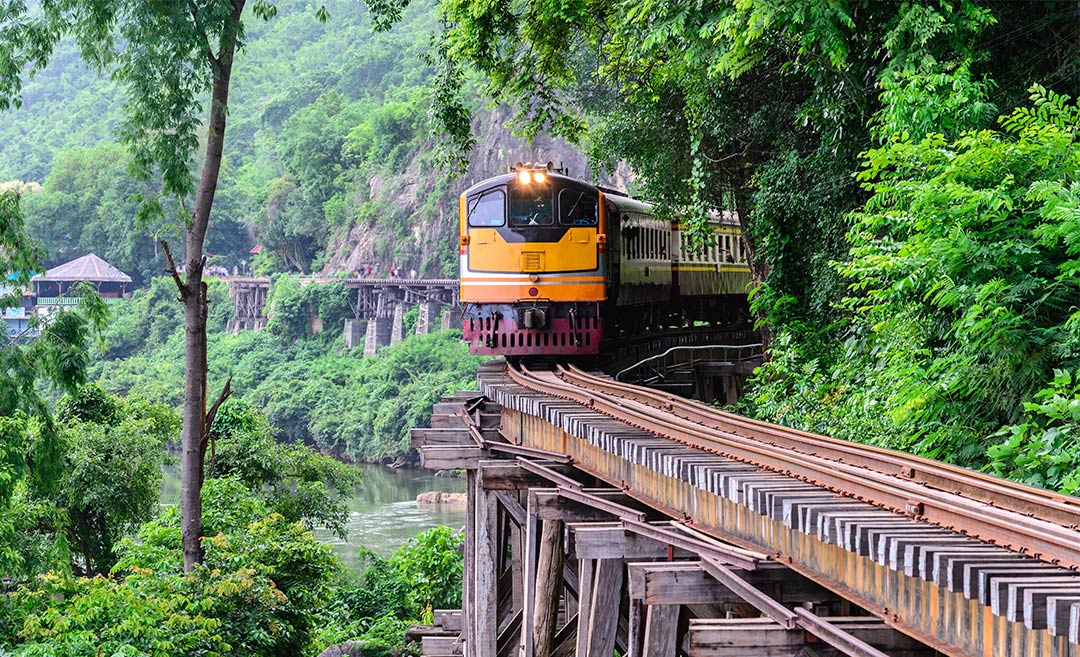Home to 10 ASEAN nations and Timor-Leste, Southeast Asia is a confluence of diverse cultures and religions. Owing to its location at the crossroads of a trade network stretching from China to India and the Middle East, the region has witnessed waves of proselytisation, migration, and colonisation over the centuries.
Because of this, Southeast Asian countries bear names of varied origins, ranging from ancient endonyms to more recent political constructs.
Malaysia
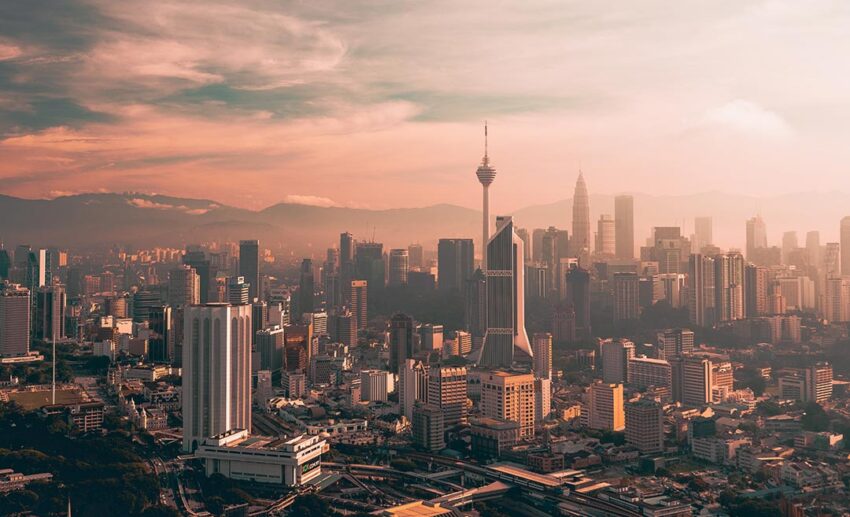
Malaysia, Latin for ‘land of the Malays’, first appeared in the title of an 1839 book by CW King and G Tradescant Lay called The Claims of Japan and Malaysia Upon Christendom, a record of their exploratory voyage to Borneo. It soon became synonymous with the Malay Archipelago, minus the Philippines.
It would later be chosen as the name of the new federation formed in 1963 between the former British possessions of Malaya, North Borneo (now Sabah), Sarawak, and Singapore. (Singapore was ejected two years later.)
Thailand
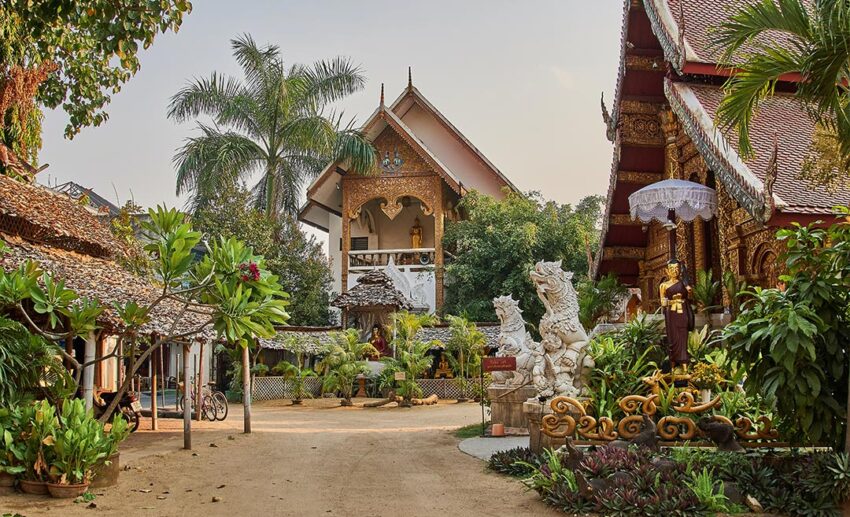
Thailand combines ‘land’ and the demonym for the ethnic Thai people, who account for 95 per cent of the population. Thai also means ‘free’, which gives Thailand the double meaning of ‘land of the Thais’ and ‘land of the free’.
Before 1939, the country was known as Siam, which is believed to originate from the Sanskrit word syama (dark) or the Mon word rhmanna (stranger).
Indonesia
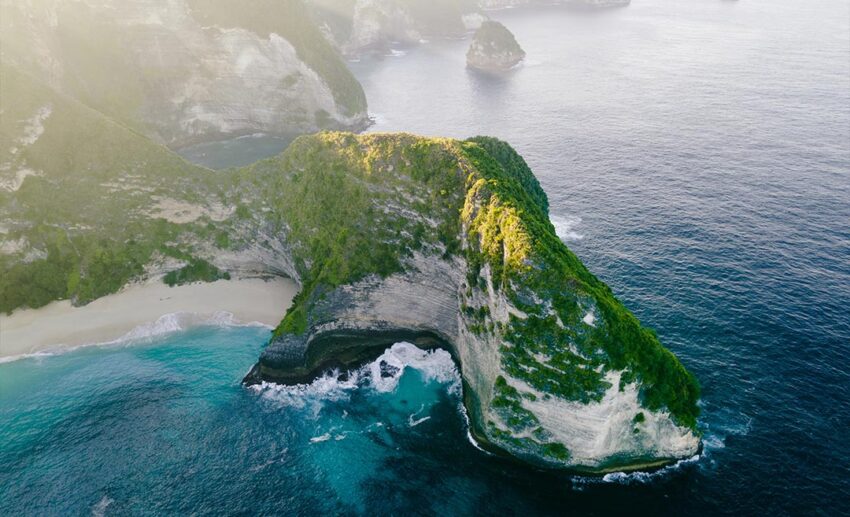
Indonesia comes from the Greek word Indus, which means ‘Indian’, and nesos, meaning ‘island’. It was coined in 1850 by British ethnologist George Samuel Windsor Earl, who referred to the inhabitants of the East Indies as ‘Indunesians’.
After 1900, the name was adopted by Indonesian nationalists, including Ki Hajar Dewantara, an independence activist who also popularised the term Nusantara.
Philippines
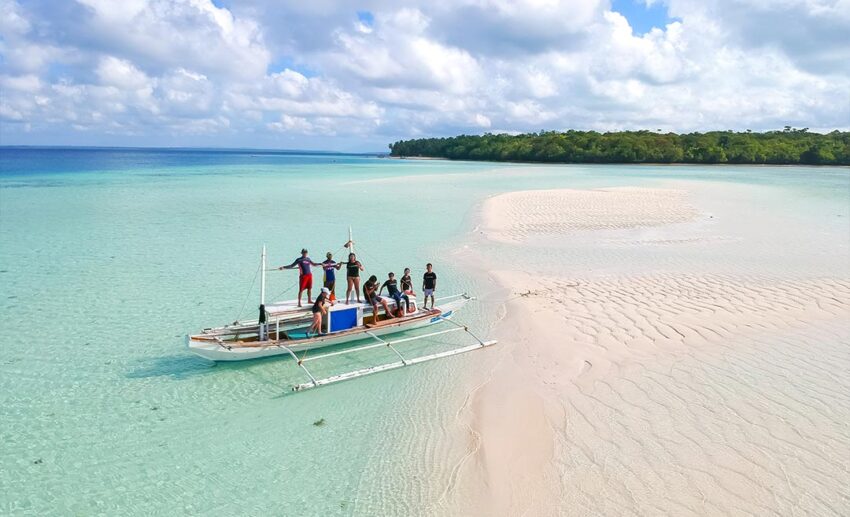
The Philippines was named in honour of Philip II of Spain. The appellation was given by either Spanish explorer Ruy Lopez de Villalobos or one of his captains in 1543 when Philip was still the crown prince.
The name initially only applied to Leyte, Samar, and nearby islands before it was expanded to encompass the entire Philippine archipelago.
Vietnam
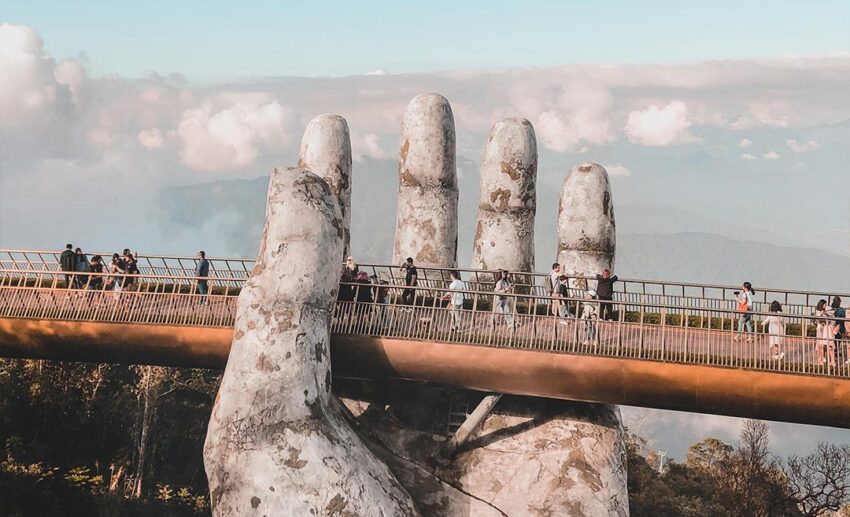
Vietnam is a variation of Nam Viet (literally, ‘Southern Viet’), a name that can be traced back to the Trieu dynasty in the 2nd century BCE.
‘Viet’, read as ‘Yue’ in Mandarin, is a historical term used by the Han Chinese to denote the many indigenous tribes of southern China. The character is thought to refer to a bronze battle axe that served as a symbol of authority in Neolithic southeastern China.
Cambodia
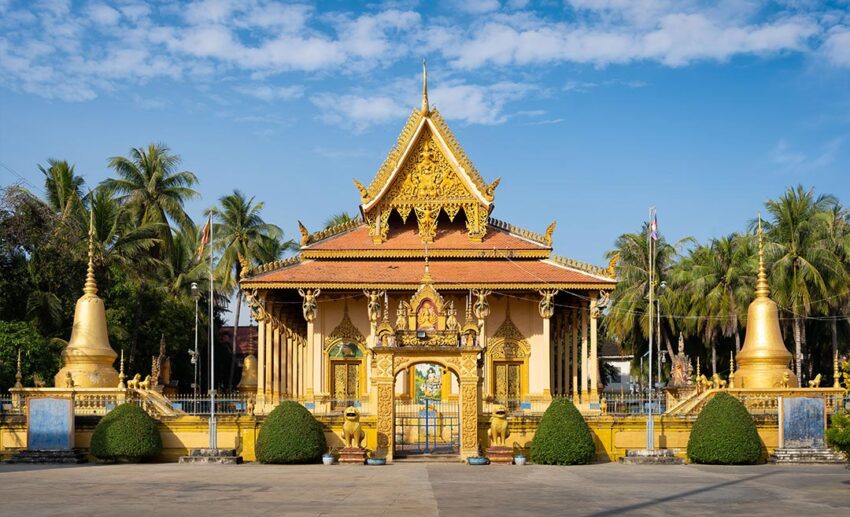
Cambodia is the Anglicisation of the French word Cambodge, which is a transliteration of the word Kampuchea, the country’s name in Khmer.
Kampuchea itself is derived from the Sanskrit word Kambojadesa, a combination of desa (country) and Kamboja, the descendants of Kambu, a legendary Indian sage and ancestor to the tribe linked to Cambodia’s founding.
Laos
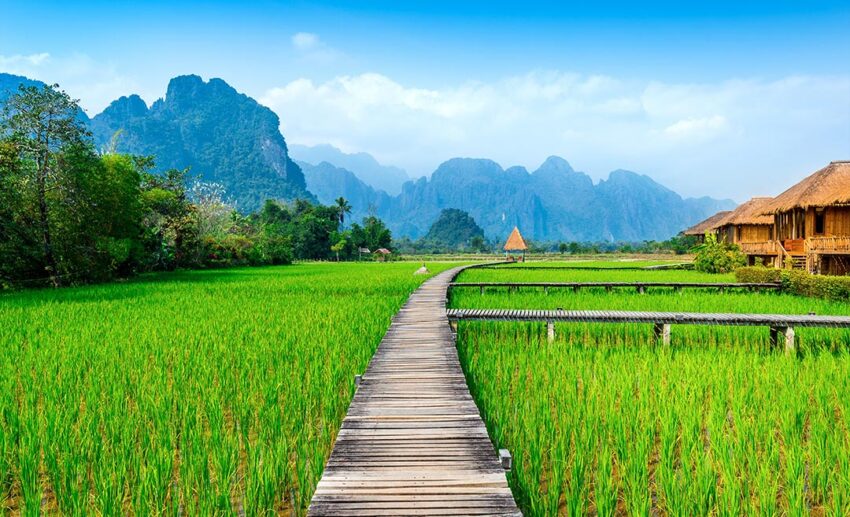
Laos gets its name from the Lao people, who make up a little over half the country’s population. The French plural for ‘Lao’ was coined when France brought the Lao kingdoms of Luang Phrabang, Vientiane, and Champasak under a protectorate in 1893.
In recent years, there have been some calls to shed the demonym ‘Laotian’, which comes from the French word laotien, in favour of just ‘Lao’.
Myanmar
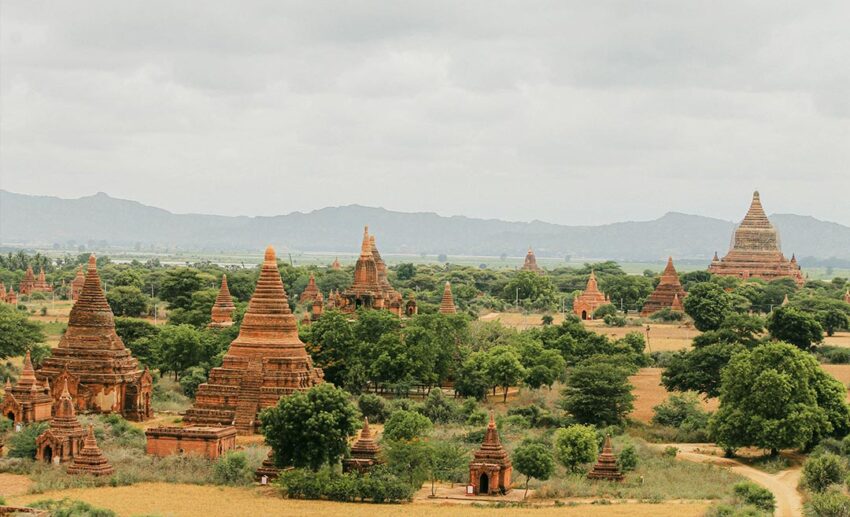
Myanmar was named after the country’s largest ethnic group, the Bamar, who comprise close to 70 per cent of the population and whose language, Burmese, is the national language.
Myanmar was known as Burma until 1989 when its military rulers dropped British colonial place names for localised ones. However, some countries like the US still refer to the nation as Burma for political reasons.
Brunei
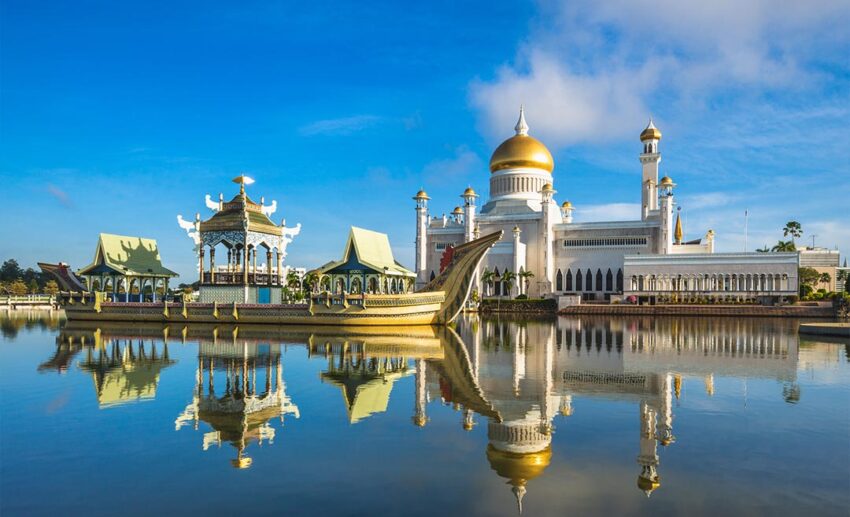
Local lore attributes the name to Muhammad Shah, the 14th-century founder of the Sultanate of Brunei. It’s said that when he came upon the land that would become Brunei, the future sultan exclaimed: “Baru nah!” (“There!”).
Brunei’s official name is Negara Brunei Darussalam, which means ‘State of Brunei, the Abode of Peace’ in Malay.
Singapore
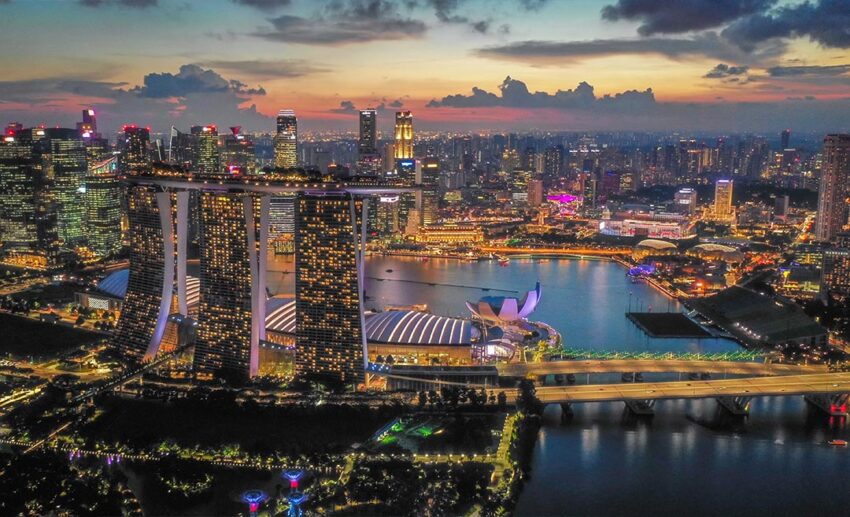
Singapore comes from the word Singapura, which means ‘lion city’ in Sanskrit. The origin of the name is unclear, but some accounts trace it back to the Kingdom of Singapura, founded in 1299 by Sang Nila Utama, a possibly mythical prince of Palembang.
Throughout the 14th century, Singapore’s main island was known as Temasek. It was only sometime after that that the change occurred, with the Portuguese in 1511 making reference only to Singapore.
Timor-Leste
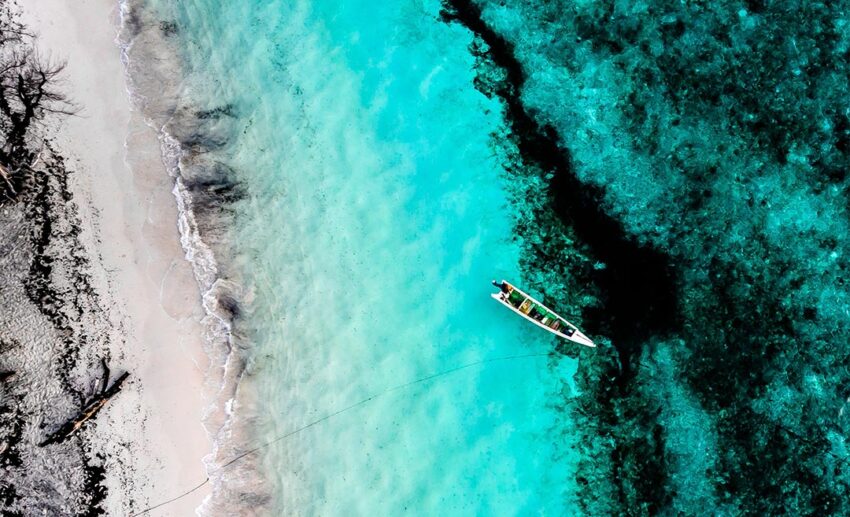
This former Portuguese colony comprises the eastern half of Timor island, which it shares with its one-time occupier, Indonesia. This is reflected in Timor-Leste’s name – leste means ‘east’ in Portuguese, one of its official languages. (Interestingly, timur also means ‘east’ in Malay and Indonesian.)
In the native Tetum tongue, Asia’s youngest nation is called Timor Lorosa’e, which translates to ‘Timor of the rising sun’.
This story by Yow Hong Chieh was originally published on AirAsia. Zafigo republished this story in full with permission from the publisher, simply because good stories should be read by as many people as possible! If you have stories that will be of interest and useful to women travellers, especially in Asia, please get in touch with us at [email protected].
